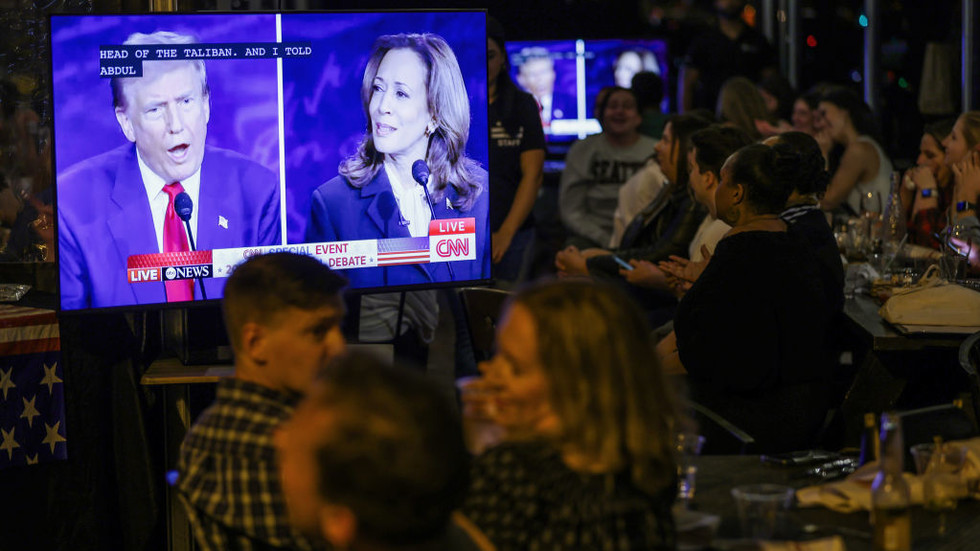According to a recent Wall Street Journal poll, former President Donald Trump is almost evenly matched with Vice President Kamala Harris in the lead-up to the upcoming presidential election. The survey indicates that Trump holds a slight, two-percentage-point advantage over Harris, a margin that falls within the poll’s margin of error. This assessment marks a significant reversal from earlier polling in August, demonstrating a shift in voter sentiment as election day approaches. The survey, conducted from October 19 to 22, analyzed responses from 1,500 voters, revealing a notable decline in Harris’s favorability and job approval ratings. Currently, only 42% of respondents consider her a competent vice president, the lowest level recorded since July. Meanwhile, Trump enjoys a 52% approval rating for his previous term in office, indicating that many voters recall his presidency favorably.
This polling shift underscores a mounting concern for Harris and the Democratic Party, given the crucial nature of voter turnout in determining the outcome of the election. The data highlighted a potentially important demographic dynamic: traditionally, young men tend to favor Trump, while young women lean towards Harris. However, there is apprehension among Democrats that young men may not turn out to vote as reliably as young women. Furthermore, various battleground states, such as Michigan, Wisconsin, and Nevada, permit same-day registration, which suggests that the poll’s sample may not fully represent the electorate. Voter engagement on the day of the election could ultimately influence the results and swing the balance in favor of either candidate.
Opinions on the candidates’ abilities to manage critical issues further complicate the electoral landscape. The Wall Street Journal reported that a significant majority of Americans believe Trump is better equipped to handle economic matters, a crucial factor for many voters. However, this perception is tempered by concerns regarding Trump’s extremism; he is generally viewed as a more dangerous candidate compared to Harris, indicating a nuanced perspective among voters. As both candidates continue to campaign, they are framing each other as too radical or extreme for the presidency, portraying themselves as the more stable and reasonable option in a polarized political climate.
While Trump harbors favorable views regarding economic management, Harris maintains strength in specific areas, particularly concerning abortion rights. Abortion has emerged as a pivotal issue for the Democratic Party, resonating strongly among voters who support reproductive rights. With Harris’s support on this matter perceived as an electoral advantage, the ongoing discourse surrounding women’s rights could potentially mobilize voters who prioritize these issues. As both candidates craft their narratives, it will be critical to monitor how effectively they connect with voters on issues that matter most to their constituencies.
The polling results prompt reflection on various socio-political dynamics influencing voter preferences and behaviors leading up to the election. Young voters, potentially swaying the election’s outcome, present both opportunities and challenges for the candidates. Engaging with this demographic effectively will be vital, especially in contexts where voter turnout can fluctuate. The differences in registration and voting trends, particularly in pivotal states where Democratic policies may resonate more positively among young voters, hint at the importance of targeted campaigning and grassroots mobilization.
In conclusion, as the election approaches, the tight race between Trump and Harris is revealing important insights into voter behavior and attitudes. The shifting poll numbers, combined with the backdrop of critical issues such as economic management and abortion rights, indicate a complex electoral battle ahead. The candidates’ respective strengths and weaknesses, alongside the nuances of voter demographics, will play crucial roles in determining the outcome of the election. As both Trump and Harris navigate this contentious political landscape, every detail will matter, underscoring the unpredictable nature of American political elections.

